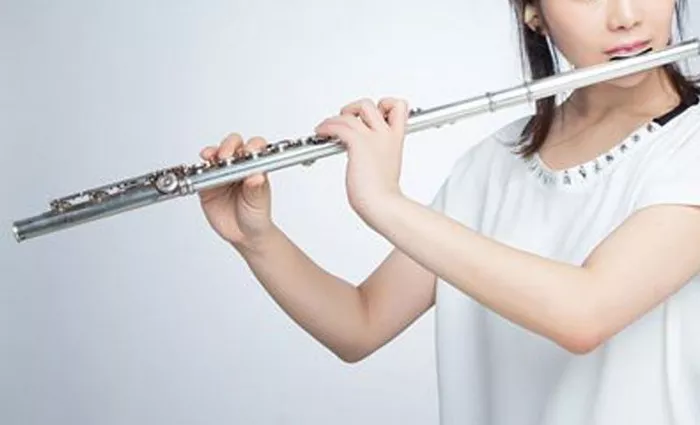In the realm of woodwind instruments, the flute stands as a beacon of timeless elegance and melodic enchantment. Among its various iterations, the open hole flute emerges as a captivating choice that beckons players to embrace a heightened level of mastery and artistic expression. The allure of the open hole flute lies not only in its aesthetic charm but also in the nuanced techniques it demands and the unparalleled tonal possibilities it unveils. This article delves into the world of the open hole flute, shedding light on its advantages, the techniques it necessitates, and the ways in which it shapes the artistic journey of musicians.
The Anatomy of the Open Hole Flute
At its core, the open hole flute shares the fundamental design of its closed-hole counterpart, with the key distinction being the presence of strategically placed holes on its body. These holes, often positioned beneath the fingers of the player, offer an unobstructed path for sound to resonate, resulting in a distinct timbre that possesses a remarkable depth and resonance. Crafted from exquisite materials, the open hole flute exemplifies a harmonious balance between traditional craftsmanship and modern engineering.
Advantages of the Open Hole Design
In the realm of woodwind instruments, the open hole flute stands as a testament to the harmonious marriage of form and function. The following are the advantages of the open hole flute:
1. Enhanced Resonance and Tonal Complexity
The open hole design fosters a symbiotic relationship between the player and the instrument, elevating the resonance and tonal complexity of the produced sound. By exposing a portion of the holes, players gain a heightened level of control over pitch and dynamics. This control, in turn, allows for richer harmonic overtones, enabling the creation of textures that are both captivating and expressive.
2. Embouchure Refinement
Playing the open hole flute demands a refined embouchure technique, where the lips and airflow are meticulously calibrated to produce precise pitches. This refined embouchure enhances the player’s connection with the instrument and cultivates a more nuanced control over intonation and phrasing. As players refine their embouchure, they unlock the potential for unparalleled subtleties in their performances.
Mastering the Open Hole Flute
Mastering the open hole flute requires a focused approach that emphasizes technique, intonation, and expressive potential.
1. Finger Placement and Precision
The open hole flute introduces the element of finger placement precision, necessitating a more deliberate approach to finger positioning. Players must seal the holes with a level of accuracy that maintains both sound integrity and fluidity of finger movement. This technique engages players in a continuous pursuit of finesse, leading to improved dexterity and a heightened sense of touch.
2. Articulation and Tone Control
With open holes, players can manipulate articulation and tone color more intricately. By partially covering the holes with the pads of their fingers, players can achieve subtle variations in sound texture. This technique enables a palette of articulation styles, from crisp staccatos to smooth legatos, showcasing the open hole flute’s capacity for dynamic expression.
The Versatility of the Open Flute
The open hole flute beckons musicians to explore a diverse range of musical genres and styles. Its versatility accommodates classical, jazz, contemporary, and world music, inviting players to experiment with a multitude of tones and techniques. The inherent responsiveness of the open hole flute empowers players to shape their performances to embody the essence of each musical composition.
Conclusion
The allure of the open hole flute lies in its ability to inspire a lifelong pursuit of musical excellence and artistry. Its design invites players to forge a unique relationship with their instrument, nurturing a refined technique and a boundless palette of sonic possibilities. As musicians embrace the open hole flute’s challenges, they embark on a journey of continuous growth, transcending technical proficiency to reach the realm of unparalleled expressiveness. This timeless instrument choice embodies the essence of musical devotion, beckoning flutists to explore the intricate interplay between craftsmanship, technique, and artistry, resulting in performances that resonate deeply with audiences and stand as testaments to the power of musical mastery.


